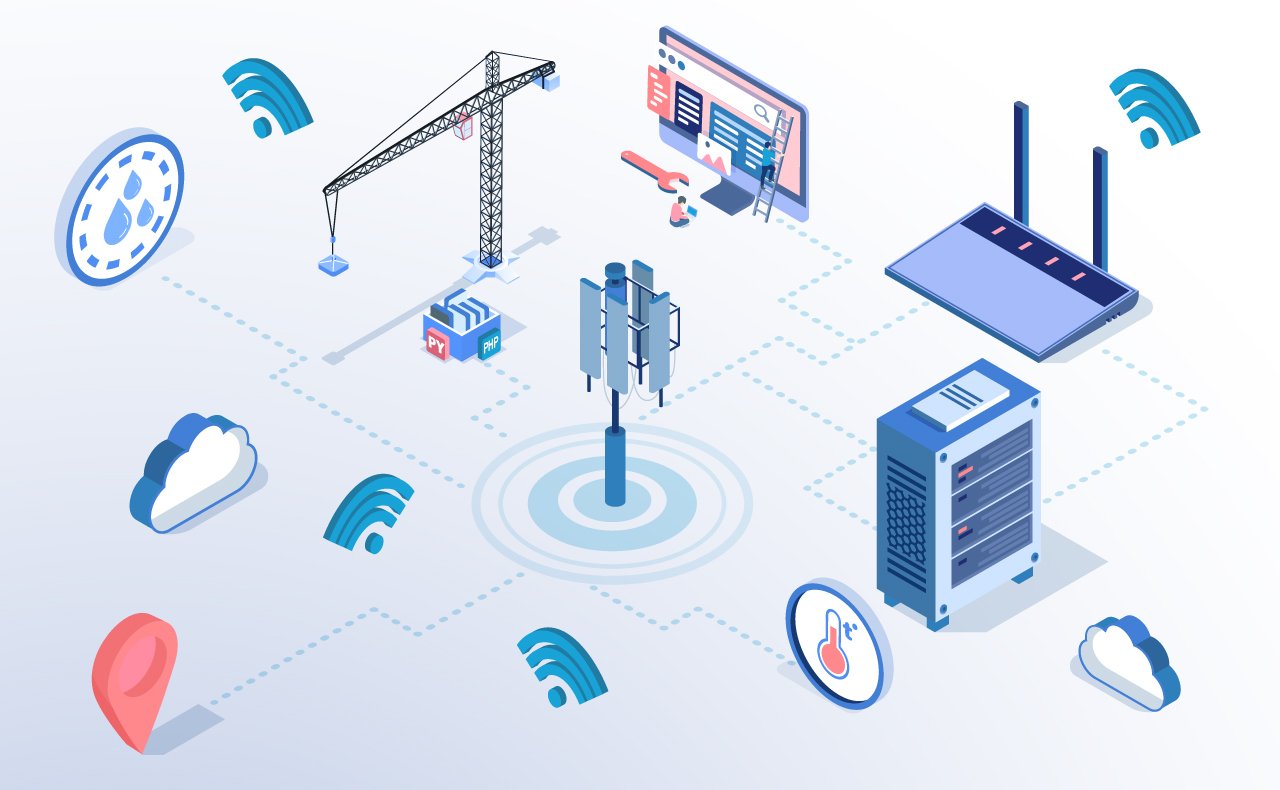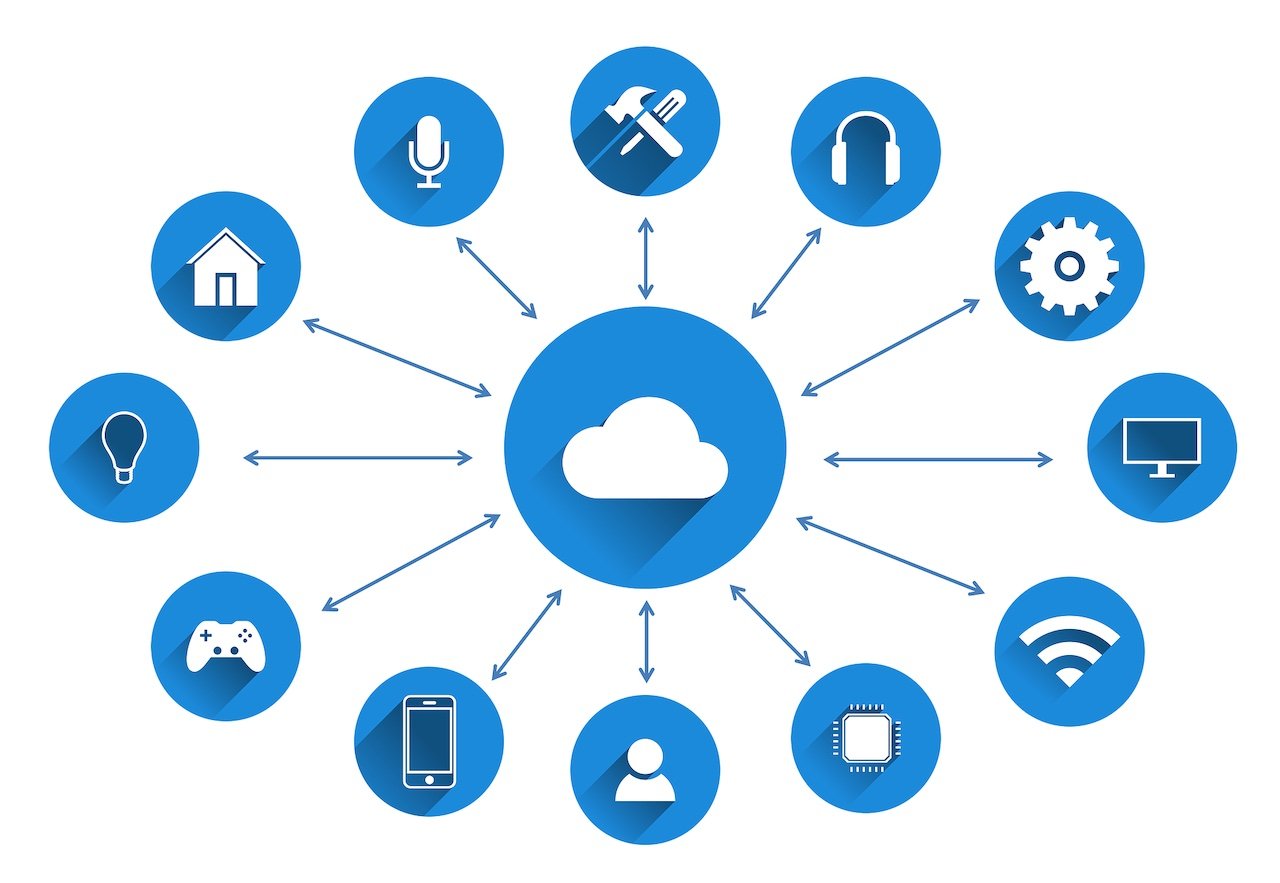
- March 2025 (2)
- February 2025 (1)
- December 2024 (2)
- November 2024 (2)
- August 2024 (2)
- June 2024 (3)
- May 2024 (3)
- April 2024 (1)
- March 2024 (3)
- February 2024 (2)
- January 2024 (2)
- December 2023 (1)
- November 2023 (2)
- October 2023 (2)
- September 2023 (1)
- August 2023 (1)
- July 2023 (2)
- June 2023 (3)
- May 2023 (2)
- April 2023 (1)
- March 2023 (4)
- February 2023 (1)
- January 2023 (2)
- November 2022 (2)
- October 2022 (1)
- September 2022 (1)
- August 2022 (2)
- July 2022 (2)
- June 2022 (2)
- May 2022 (1)
- April 2022 (3)
- March 2022 (1)
- February 2022 (3)
- January 2022 (2)
- December 2021 (1)
- November 2021 (1)
- October 2021 (2)
- September 2021 (3)
- August 2021 (1)
- July 2021 (4)
- June 2021 (1)
- May 2021 (2)
- April 2021 (2)
- March 2021 (2)
- February 2021 (3)
- January 2021 (3)
- December 2020 (1)
- October 2020 (1)
- August 2020 (1)
- August 2019 (1)
- January 2019 (2)
- September 2018 (5)
- June 2018 (1)
- November 2017 (1)
- September 2017 (1)
- July 2017 (1)
- May 2017 (1)
- January 2017 (1)
- October 2016 (2)
- August 2016 (1)
- July 2016 (1)
- June 2016 (1)
Subscribe by email
With as much buzz as there is about IoT and its many benefits, there is surprisingly little information available on how to successfully deploy a large-scale IoT project. Many businesses struggle to know where to even start. Some of the many challenges you’ll need to navigate when building and deploying your IoT ecosystem include various skill set requirements, the complexities that come with large-scale device deployments, or unforeseen connectivity challenges. Here’s a step-by-step blueprint you can follow, with some helpful evaluation questions and suggestions to accompany each step of the process.
What Is an IoT Deployment?
Simply stated, an IoT deployment is the process of setting up an IoT ecosystem from scratch. Given the multilayered complexity of IoT, it’s not an easy undertaking, so you’ll see many articles about the high level of IoT failures. People who haven’t attempted an IoT deployment before don’t always understand just how complex it can be to implement one. But before you get discouraged, it’s important to understand that an IoT deployment is a process. If you follow the steps in the process and dedicate the necessary time and resources to them, you substantially increase your chances of success. Despite the challenges, implementing IoT solutions provides incredible opportunities, so it’s definitely worth considering for your business, especially if you have a roadmap to do it the right way.
5 Steps for a Successful IoT Deployment
Though the details of implementing a successful IoT deployment may vary by project, the general steps you’ll need to take and the order of implementation will not. As you work on the deployment, pay close attention to each step to ensure nothing gets overlooked.
1. Building a Business Case
An IoT implementation starts well before the technology is chosen. Before making any technology decisions, the business needs to clarify what they are trying to accomplish. This is done by establishing a business case, which includes setting business objectives, key metrics, and indicators to measure against; determining use cases; identifying target markets; evaluating business processes; and assembling a team of stakeholders.
Some examples of business cases would be:
- Giving customers a better experience, like the ability to remotely change settings on their devices.
- Understanding how products are used to better design future products or create new features.
- Improving operational efficiency inside a factory.
- Making more revenue and improving customer lifetime value through subscription services, etc.
2. Decide on Your Technology Foundation
Once you understand your business case and objectives, it’s time to turn your attention to the technology. Step two involves thinking through the technical challenges you need to avoid or overcome with your IoT system. Here are some helpful questions to ask as you go through this step:
- Will your devices have sensors? Which kinds? For example, a truck transporting food would need a temperature sensor. A wearable device, on the other hand, would probably need an accelerometer, especially if used for health and wellness.
- Will devices need to be battery operated, or can they be powered through a wired connection?
- What wireless network options make sense for the use case? For example, consider if the devices will be used in a home, in a thick-walled building, outdoors, etc.
Plan for Device Management
As you’re selecting the technology for your IoT system, make sure to consider device management 101:
- How will you manage and support your devices once they are manufactured and deployed?
- How will you deliver over-the-air (OTA) firmware updates containing new features or bug fixes to hundreds or thousands of devices in different geographies?
Keep in mind that the success of an IoT system depends as much on ongoing management as it does on the initial setup.
Consider Cost and Certification
While selecting your hardware and technology, you should also consider the cost implications of your choices. Things to consider are the hardware, connectivity, and framework choices balanced with your particular use case(s).
- Hardware — Can you fit everything you need into the right form factor? (This is especially important for wearables and other devices where the size of the device can make a big difference.) Are you using a pre-certified cellular module (which is faster and more cost-effective), or are you going to go through the expensive and time-consuming process to get a new device certified on each carrier network? Either way, the device needs to be certified, or you risk your devices being terminated off the network.
- Battery Life – Any developer of a truly wireless device needs to consider how communication frequency (sending data packets and the size of each packet) will impact the battery life of their device. Does your device need to last days, weeks, or even months between charges?
- Network — Count the cost of your devices doing check-ins/sending packets every minute, hour, day, month, etc., over cellular networks, other proprietary wide-area networks (WAN), or low-power wide-area network (LPWAN) technologies. Would discrepancies between early estimated data costs and true costs (determined after the testing phase) break your business model? Can you implement subscription offerings to cover these costs or even make a profit?
- Infrastructure — How often will devices communicate with a back-end cloud platform and send packets of data over a wireless network? Can your infrastructure support the required number of check-ins today? Do you have a plan in place to easily spin up more servers as you scale your business?
Another aspect of hardware to consider is certification. The hardware is required to be certified, and whether it’s already certified or not will impact the cost of the hardware itself. Here are some links to certification resources from major domestic carriers to get you started:
If you are interested in deploying your products internationally, contact us for certification requirements for our international carrier partners which include KPN, Telefonica, Rogers and Vodafone.
3. Choose a Connectivity Partner
The connectivity partner(s) you choose can make all the difference in the success or failure of your IoT ecosystem. There’s a lot to navigate in this area, and many challenges and hurdles you’ll need to overcome. Here are some of the considerations you should factor into your decision when choosing your connectivity partner(s).
- Ability to offer local service from multiple carriers in multiple countries, as well as support international roaming.
- Direct authorization to resell wireless data from the mobile network operators (i.e. wireless carriers). Your partner needs to be authorized, or you risk your devices being kicked off the network at any time.
- Ability to support network technologies like LTE-M or NB-IoT.
- Prior experience supporting IoT deployments, which are different in a number of ways from traditional handset deployments.
- Ability to help you monetize your cellular and platform services through subscription billing. Learn more about IoT billing challenges and solutions.
- Ability to offer you key business insights into cellular data usage, as well as subscription billing like revenue generated, gross margin, expenses, etc.
4. Pre-Deployment Testing
Before you deploy your IoT system, test it to ensure it meets the expectations you set in your business case. Testing should be both internal and external to your company. You’ll want to do market validation and product validation or QA. Once you’re satisfied with the results, you’re ready to go live.
5. Post-Deployment Analysis and Monitoring
You’re not finished once you deploy your IoT system. To ensure the system’s effectiveness, you need to continue monitoring results with an eye to improvement. As you do, consider the evolution of your IoT ecosystem, including end-of-life processes, next-generation product planning, new feature development and rollout, and more. As you learn and your system evolves, consider new business cases with new features and billing methods.
Ready to Deploy Your Own IoT System?
While challenges are sure to arise, following the right roadmap will help you enjoy a successful IoT deployment. For even greater assurance, you can get help along the way from a company like Zipit. We walk our customers through the deployment process step by step.
Explore how Zipit’s customers are growing their businesses.
You might also like:
Related Content
The latest IoT insights and platform updates from Zipit.
The network an IoT device selects significantly impacts the strength and reliabili...
Deploying an IoT solution brings significant value to businesses, but it also intr...
In today’s connected world, ensuring that your cellular IoT devices work seamlessl...



